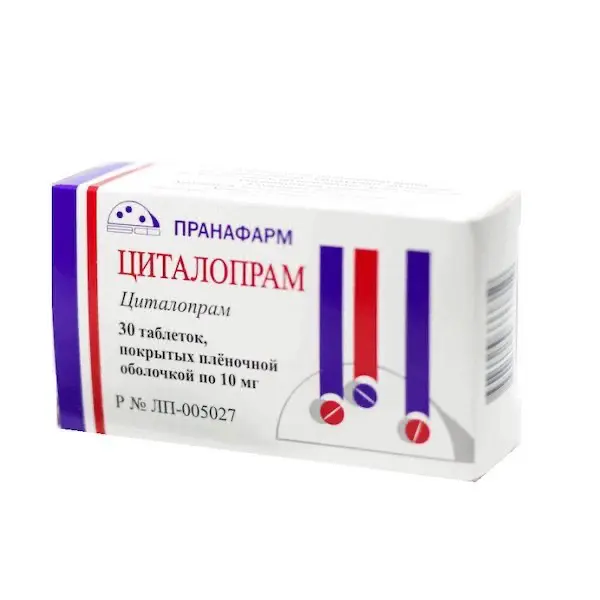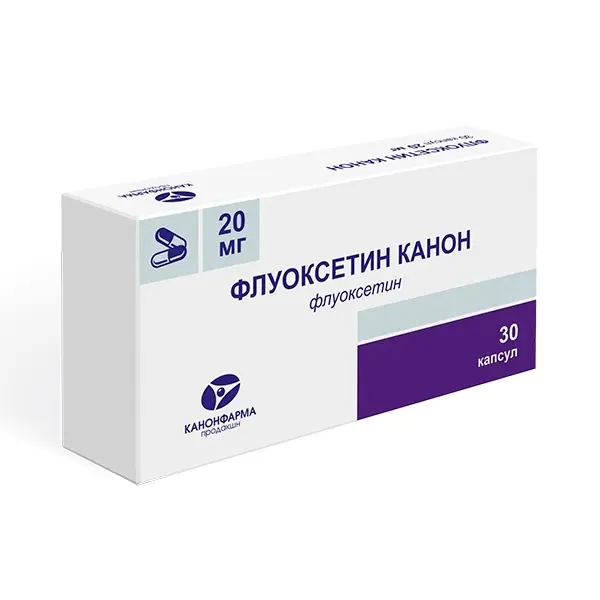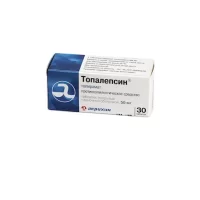Description
Citalopram 10 mg Pharmacodynamics
Citalopram is an antidepressant, selective serotonin reuptake inhibitor (SSRI).
Citalopram is a superselective serotonin reuptake inhibitor (SSRI) with little or no effect on noradrenaline, dopamine, and gamma-aminobutyric acid reuptake.
Citalopram has no or very weak ability to bind to a number of receptors, including 5-NT1A-, 5- NT2-seragonin, D1- and 02-dopamine, ag, a2- and p-adrenergic receptors, H1-histamine, muscarinic cholinoreceptors, benzodiazepine and opioid receptors.
Suppression of the rapid onset sleep (REM) stage is considered a predictor of antidepressant action. Like tricyclic antidepressants, other SSRIs, and monoamine oxidase inhibitors (MAOIs), citalopram suppresses REM sleep and increases deep slow-wave sleep.
In a single-dose study conducted in healthy volunteers, citalopram did not decrease salivary flow and in no study in healthy volunteers did it have a significant effect on cardiovascular performance. Citalopram has no effect on serum levels of growth hormone. I (Italopram, like other SSRIs, can increase plasma prolactin. In a double-blind, placebo-controlled ECG study in healthy volunteers, the change in QTc (corrected by the Friedericia formula) from baseline was 7.5 (90% confidence interval 5.9-9.1) ms for the 20 mg/day dose and 16.7 (90% confidence interval 15.0-18.4) ms for the 60 mg/day dose.
Indications .
Moderate to severe depressive episodes and prevention of their recurrence.
Panic disorder with/without agoraphobia.
Contraindications
– Hypersensitivity to Citalopram 10 mg or any of the excipients.
– Simultaneous use with MAO inhibitors (including selegiline at a dose above 10 mg/day). The time interval between the end of taking irreversible MAO inhibitors and the beginning of citalopram administration should be at least 14 days. In case of use of reversible MAO A inhibitors, the duration of the break is determined in accordance with the instructions for medical use of these drugs. Treatment with MAO inhibitors can be started not earlier than 7 days after citalopram cessation.
– Simultaneous use with linezolid in case it is not possible to carry out close monitoring of the patient and blood pressure monitoring.
– Simultaneous use with pimozide.
– Established QT interval prolongation or congenital prolonged QT interval.
– Concomitant use with drugs that prolong the QT interval.
– Childhood and adolescence (under 18 years) (efficacy and safety of use have not been confirmed).
Dosage and administration
- Citalopram is prescribed orally once a day. Citalopram 10 mg may be taken at any time of the day, regardless of meals.
- Depression
- Citalopram is prescribed once daily with 20 mg. Depending on the individual response of the patient, the dose may be increased to a maximum of 40 mg/day.
- Antidepressant effect usually develops in 2-4 weeks after the start of treatment. Therapy with antidepressants is symptomatic in character and should be continued for a sufficient period of time, usually at least 6 months after the complete elimination of symptoms of depression in order to avoid the development of relapses. In patients with recurrent (unipolar) depression, the necessary maintenance therapy may continue for several years to prevent the development of new episodes.
- Panic disorder.
- During the first week of treatment, the recommended single dose is 10 mg/day orally, then the dose is increased to 20 mg/day. Depending on the patient’s individual response, the dose may be increased to a maximum of 40 mg/day.
- In the treatment of panic disorder, the maximum therapeutic effect of citalopram is achieved about 3 months after the start of treatment and is maintained with continuation of therapy.
- Elderly patients (over 65 years of age)
- The daily dose for elderly patients should be reduced to half of the recommended dose, i.e. 10-20 mg. The recommended maximum dose for elderly patients is 20 mg/day.
- Children and adolescents (under 18 years of age)
- Citalopram should not be used in children and adolescents younger than 18 years of age. In addition, there are insufficient long-term safety studies of the drug in children and adolescents regarding growth, maturation, cognitive and behavioral development.
- Impaired renal function.
- No dose adjustment is required in mild to moderate renal impairment. Patients with severe renal impairment (creatinine clearance below 30 ml/min) should use citalopram with caution.
- Impaired hepatic function
- In mild to moderate hepatic impairment, the recommended starting dose for the first two weeks of treatment is 10 mg/day. Depending on the individual response of the patient, the dose may be increased to maximum 20 mg/day. Patients with severe hepatic impairment should use the drug with caution; careful dosage titration is required.
- Reduced activity of CYP2C19 isoenzyme
- For patients with weak CYP2C19 isoenzyme activity, the recommended initial dose during the first two weeks of treatment is 10 mg/day. Depending on the individual patient’s response, the dose may be increased to a maximum of 20 mg/day.
- Discontinuation of treatment
- Abrupt discontinuation of treatment should be avoided. When discontinuing citalopram therapy, the dose should be gradually reduced over a period of at least 1-2 weeks to avoid the occurrence of “withdrawal” reactions. If intolerable symptoms occur when reducing the dose or stopping citalopram treatment, a return to the previous dose or resumption of tCitalopram 10 mg is possible. Dose reduction may be continued thereafter, but more gradually.





